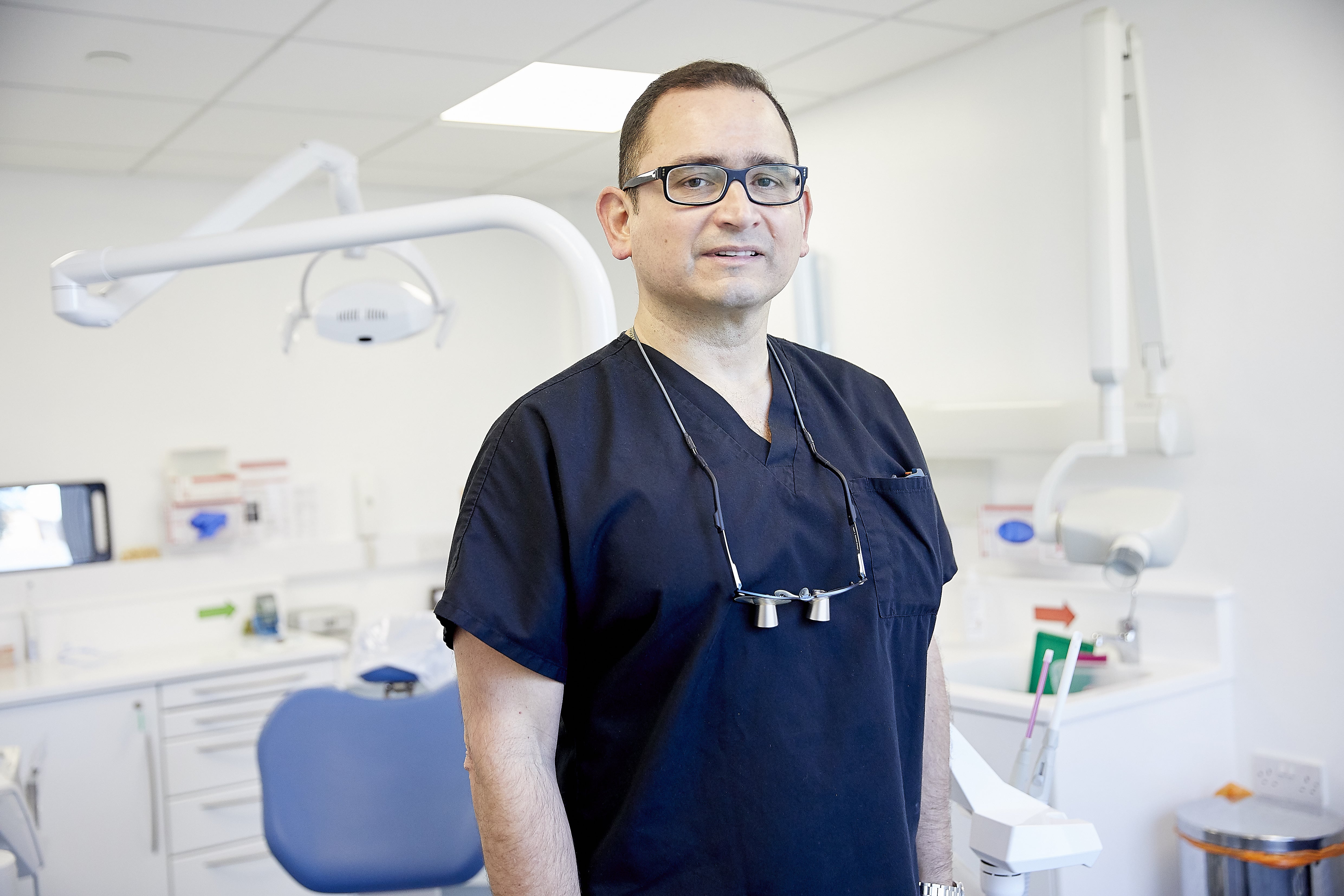How can you look out for signs of teething?
Teething can be an exciting and difficult experience for both children and their parents. Initially, the teething process can cause the child a great deal of pain, as they seek to bite and chew to relieve the discomfort. For most babies, teething begins between 4-7 months however some may begin slightly later or some slightly earlier. You will notice when teething begins, as the child will produce more saliva and consequently begin putting their hands in their mouths or finding things to chew. Additionally, your baby may have sore and red gums or flushed cheeks. Furthermore, they may dribble more or start rubbing their ears more.
By the age of 3, your child should have all their teeth and they commonly appear in the same pattern. The bottom incisors will appear initially, between the first 5 and 7 months, with the top incisors pushing through after 6 to 8 months. The lateral incisors on the top and bottom then come through between months 9 and 12. Your baby’s first molars will begin to be seen at 12 to 16 months and these are at the back of the gums. Finally, the canines appear at 16 to 20 months, before the second molars arrive at 20 to 30 months.
If you have any questions about your child’s teeth or any concerns about the pain, they are experiencing with teething then please contact your dentist. They will be happy to allay your fears or provide some great strategies to help cope with the problem.
Please note that this article is for patient information purposes only. The information provided is based on guidance available at the time of writing, which may subsequently change. Please consult your own dentist with any individual queries.
Book an appointment
